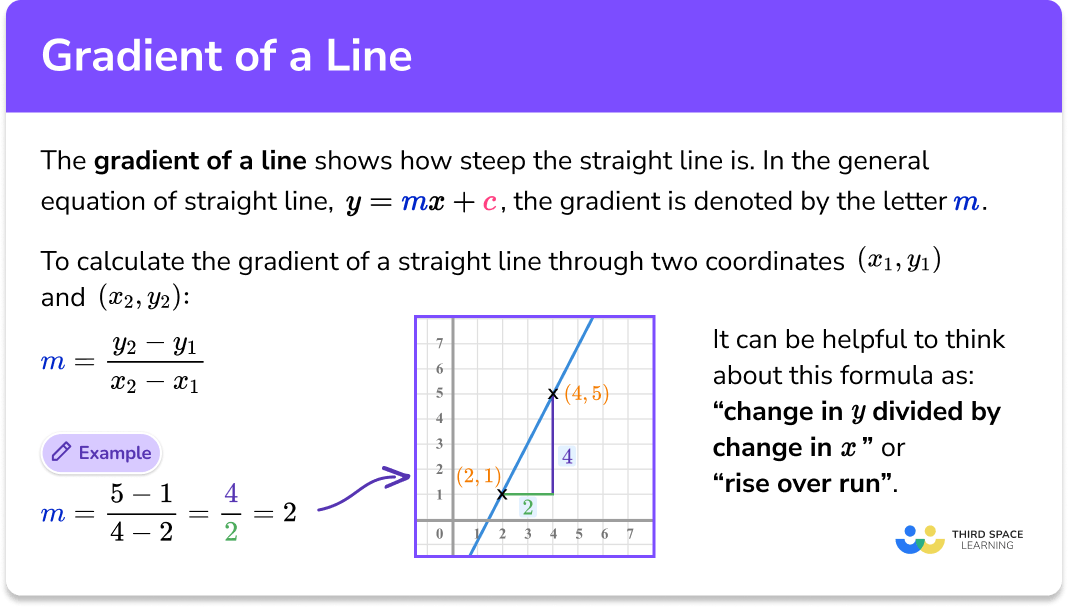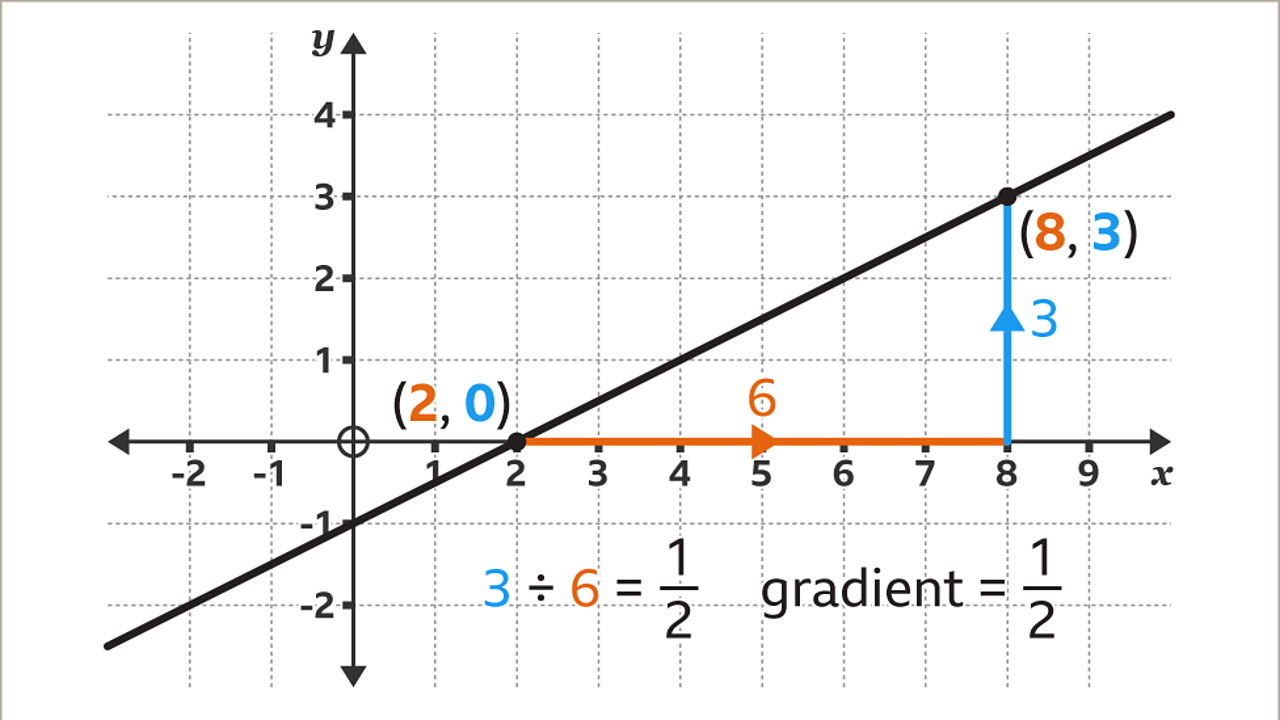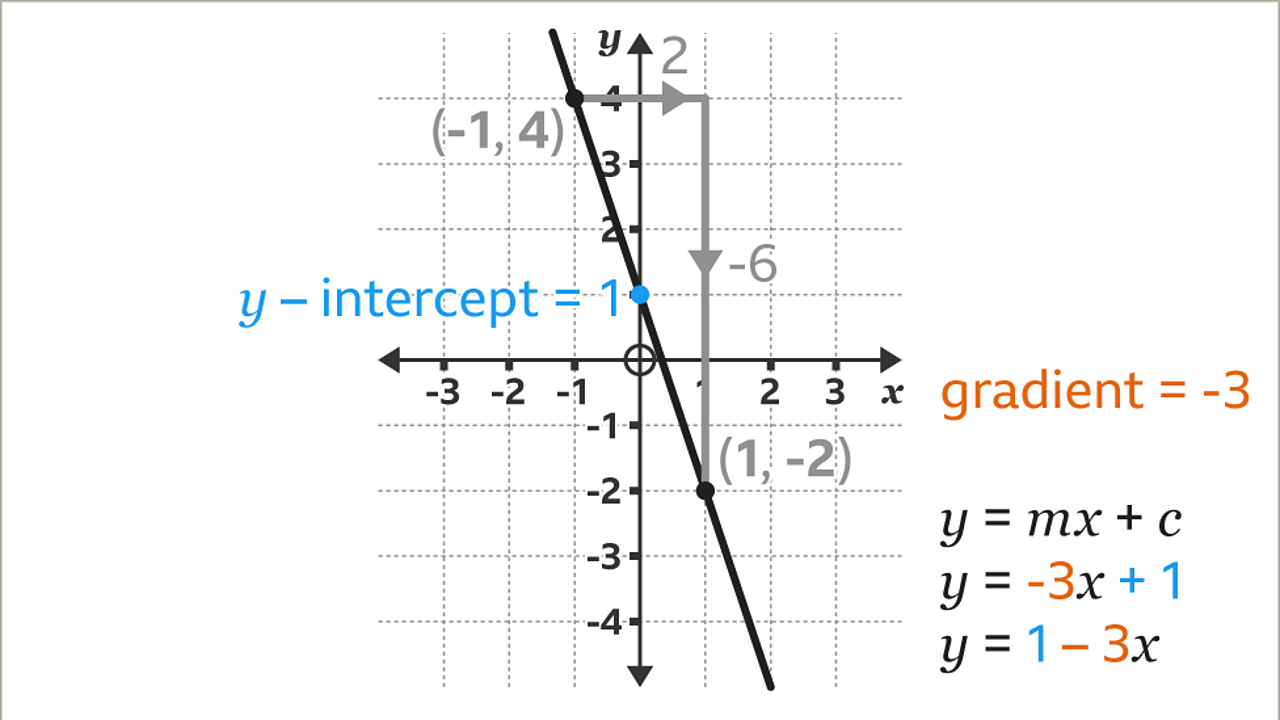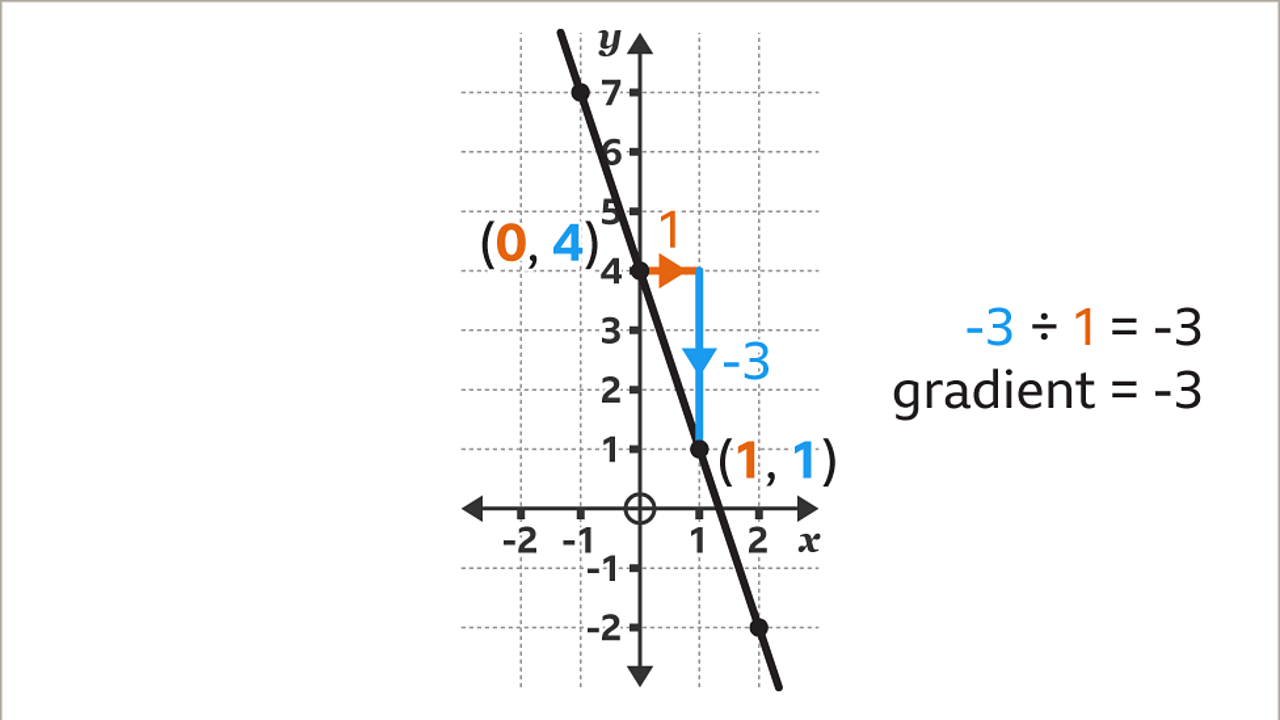Fabulous Info About How To Find A Gradient Function Draw Line Of Best Fit On Desmos

Use the gradient to find the tangent to a level curve of a given function.
How to find a gradient function. In this section discuss how the gradient vector can be used to find tangent planes to a much more general function than in the previous section. We want to find some scalar function $f$ such that $f_x=4y\sin(xy)$ and $f_y=4x\sin(xy)$, so start by integrating one of the components, say, the first one: Explain the significance of the gradient vector with regard to direction of change along a surface.
Surely, the gradient points in the direction of steepest ascent because the partial derivatives provide the maximum increases to the value of the function at a point and summing them means advancing in both of their specific directions at the same time. Visit byju’s to learn the gradient of a function, its properties and solved examples in detail.
8.6k views 3 years ago calculus 3. This calculus 3 video explains the gradient of a function and how to calculate it. The gradient of f, with our little del symbol, is a function of x and y.
For a vector $v=(m,n,p)$, where $m,n,p$ are scalar functions, to be written as the gradient of a scalar function, we must have the condition $\nabla\times v=0$. I get <2,2,2> as a result. How do you find the gradient function of a curve?
What does the gradient function mean? Find more mathematics widgets in wolfram|alpha. Here is an example of how to find the gradient of a function in two dimensions:
The gradient is a fancy word for derivative, or the rate of change of a function. We introduce the notation for the. The rnf complex is the primary respiratory enzyme of several anaerobic prokaryotes that transfers electrons from ferredoxin to nad+ and pumps sodium ions (na+) across a membrane, powering atp synthesis.
In cartesian coordinates, this means that: The term gradient is typically used for functions with several inputs and a single output (a scalar field). How can we measure the rate of change of \(f\) in other directions?
Mathematically, the gradient of a function f (x, y) is the vector: How do you find the gradient of a function at a given point? This matches with your explanation and the graph!
Can i rewrite the equation by just moving everything to one side? The find the gradient (also called the gradient vector) of a two variable function, we’ll use the formula ???\nabla{f}=\left\langle\frac{\partial{f}}{\partial{x}},\frac{\partial{f}}{\partial{y}}\right\rangle??? We will also define the normal line and discuss how the gradient vector can.
If you take the gradient of this function, you will get [0 0] everywhere except the x=0, where you get [0 1], and y=0, where you get [1 0]. To find the gradient you find the partial derivatives of the function with respect to each input variable. The gradient of a function is also known as the slope, and the slope (of a tangent) at a given point on a function is also known as the derivative.























